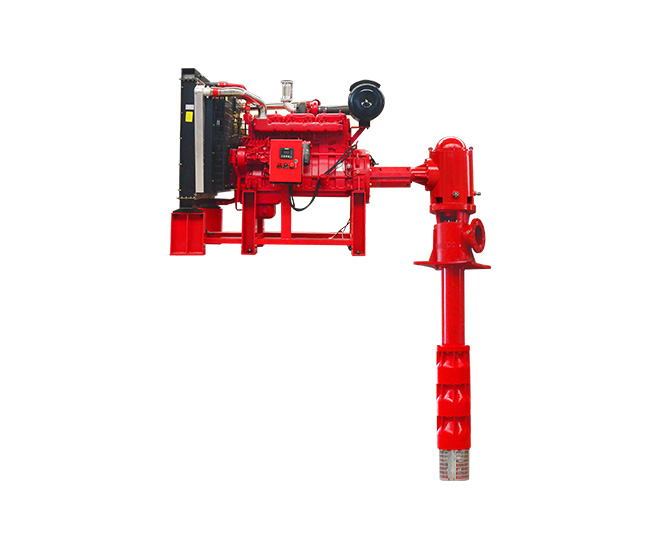
Proper installation of fire pumps is crucial to ensure the effectiveness of a building’s fire protection system. However, installation errors can compromise system performance and even lead to catastrophic failures during an emergency. Here are seven common fire pump installation mistakes and how to avoid them.
Mistake: Selecting a fire pump that is too large or too small for the building's fire protection needs.
Impact: An oversized pump can cause excessive pressure, damaging the system. An undersized pump may fail to deliver adequate water flow during a fire.
Solution: Conduct a thorough hydraulic analysis and select the pump based on the required flow rate and pressure, adhering to NFPA standards.
Mistake: Misaligned pump and motor shafts during installation.
Impact: Misalignment leads to excessive vibration, premature wear, and reduced efficiency.
Solution: Use precision tools to align the pump and motor shafts correctly, and recheck alignment after installation.
Mistake: Insufficient or improper support for suction and discharge pipes.
Impact: Pipe stress can transfer to the fire pump, causing damage to components or misalignment.
Solution: Ensure that all piping is independently supported and properly secured to avoid strain on the pump.
Mistake: Installing the pump with insufficient suction head or poor suction piping design.
Impact: This can cause cavitation, leading to noisy operation, reduced efficiency, and potential damage to the impeller.
Solution: Follow proper suction piping guidelines, such as maintaining straight pipe lengths and avoiding abrupt bends near the pump inlet.
Mistake: Failing to properly size electrical wiring or neglecting grounding requirements.
Impact: This can result in power fluctuations, motor damage, or even electrical hazards.
Solution: Work with certified electricians to ensure the fire pump's electrical system meets local codes and standards.
Mistake: Not performing adequate testing after installation.
Impact: Undetected issues during installation may result in system failure when the pump is needed.
Solution: Conduct a comprehensive acceptance test, including flow tests and pressure checks, to verify that the system operates as designed.
Mistake: Installing fire pumps without adhering to NFPA 20 or local regulations.
Impact: Non-compliance can lead to legal penalties and inadequate fire protection.
Solution: Ensure the installation team is familiar with NFPA 20 and local fire safety codes, and hire certified professionals for the job.
Avoiding these common mistakes during fire pump installation ensures a reliable and efficient fire protection system. Proper planning, adherence to standards, and employing experienced professionals are key to a successful installation.
We specialize in the supply, installation, and maintenance of high-quality fire pumps. Contact us today to ensure your fire protection system is installed correctly and performs flawlessly.